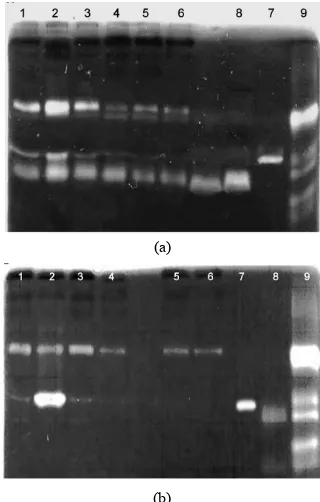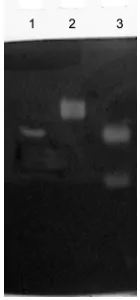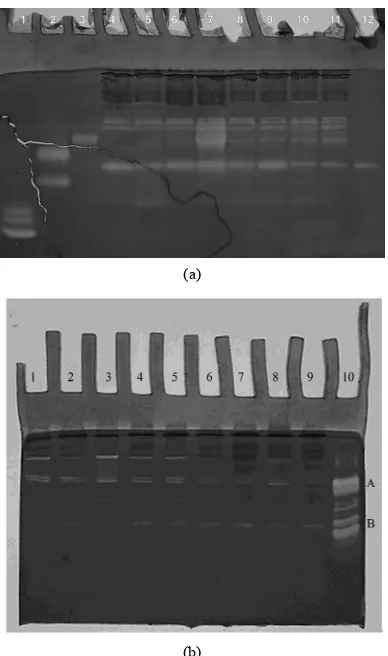Enzyme electrophoresis method in analysis of active components of haemostasis system
Full text
Figure



Related documents
In view of the importance of imperfections upon realistic pipeline buckling performance and the general agreement of the rational loci with their fully mobilised
Complementary Midzuno Design; Conditional Sample; Inclusion Probability; Midzuno Design; Mixture of Designs; Parameters of Design; Sample Complement; Sinha
Cyclic voltammetric studies on the oxygen reduction reaction (ORR) suggest that the incorporation of MWCNT is vital in improving the electrode (cathode) properties of a fuel
Clinically, testing as an unconscious process was most consistently explained in the case studies by Freudian-Lacanian theory in which it was viewed as the patient’s demand that
We found that both staff and students agreed the students had fun participating in the schools’ mentoring exercise. Summary of individual gender test items scores. Test items
ABSTRACT : This paper attempts to find out the economic outcome of joint forest management (JFM) programme for forest fringe community and government based on a
The second, lesson sharing (usually via the Internet), can move teachers away from an isolated craft indus- try environment by offering high-quality, vetted lessons so teachers
Overall, the precipitation have a negative effect on the production of sporocarps in fact statistically significant negative correlations ( p < 0.01) were found ( Table 4 )